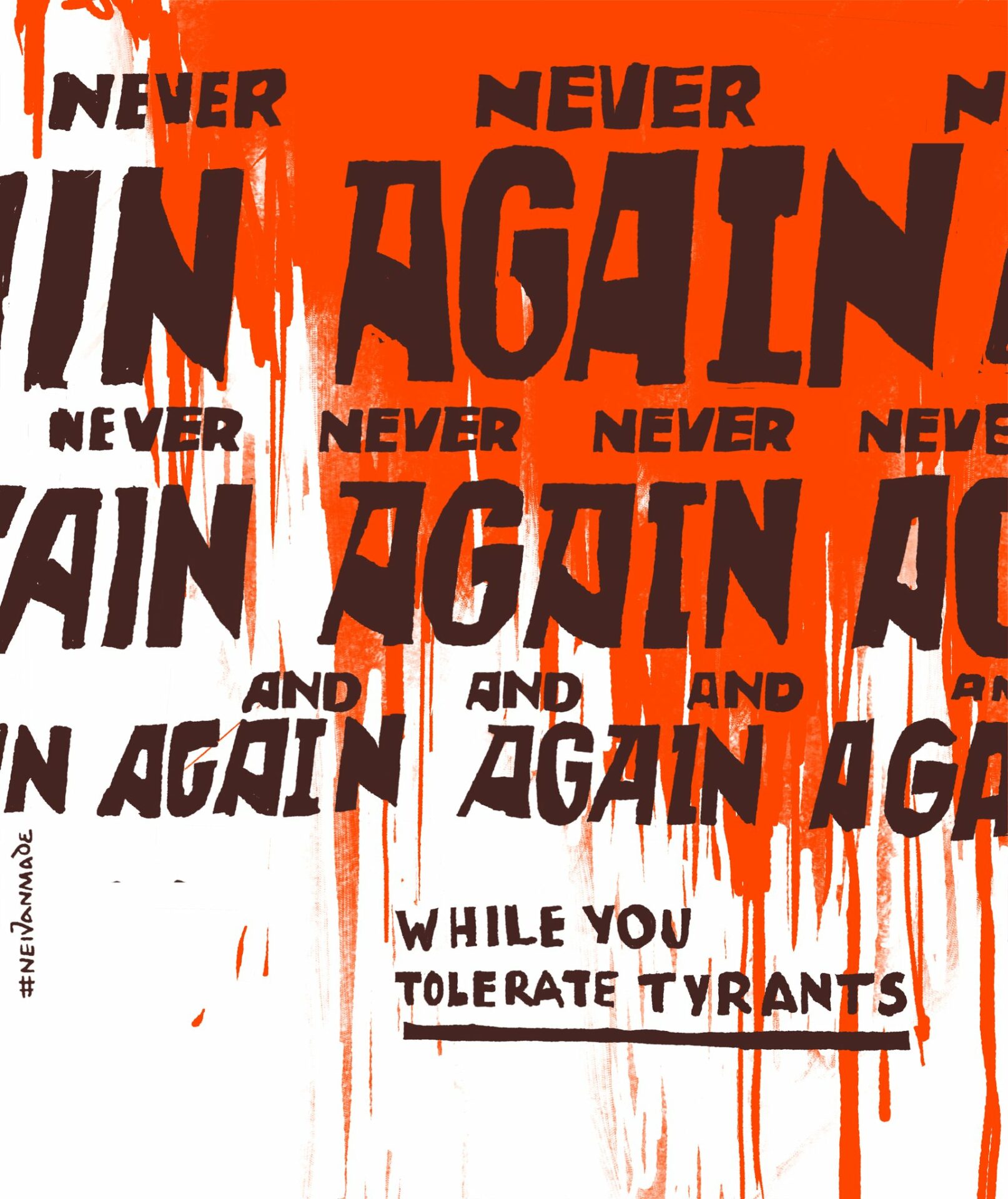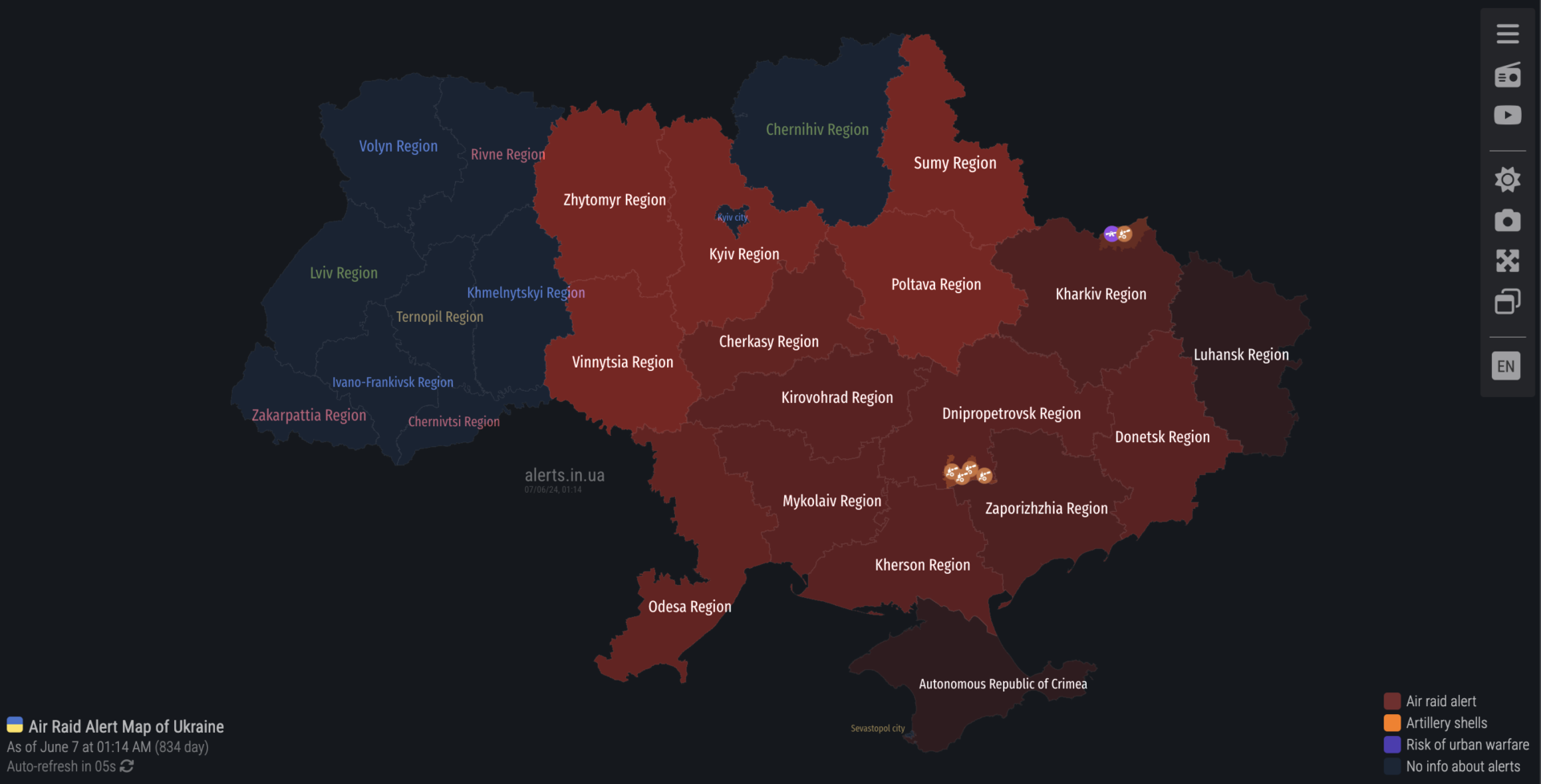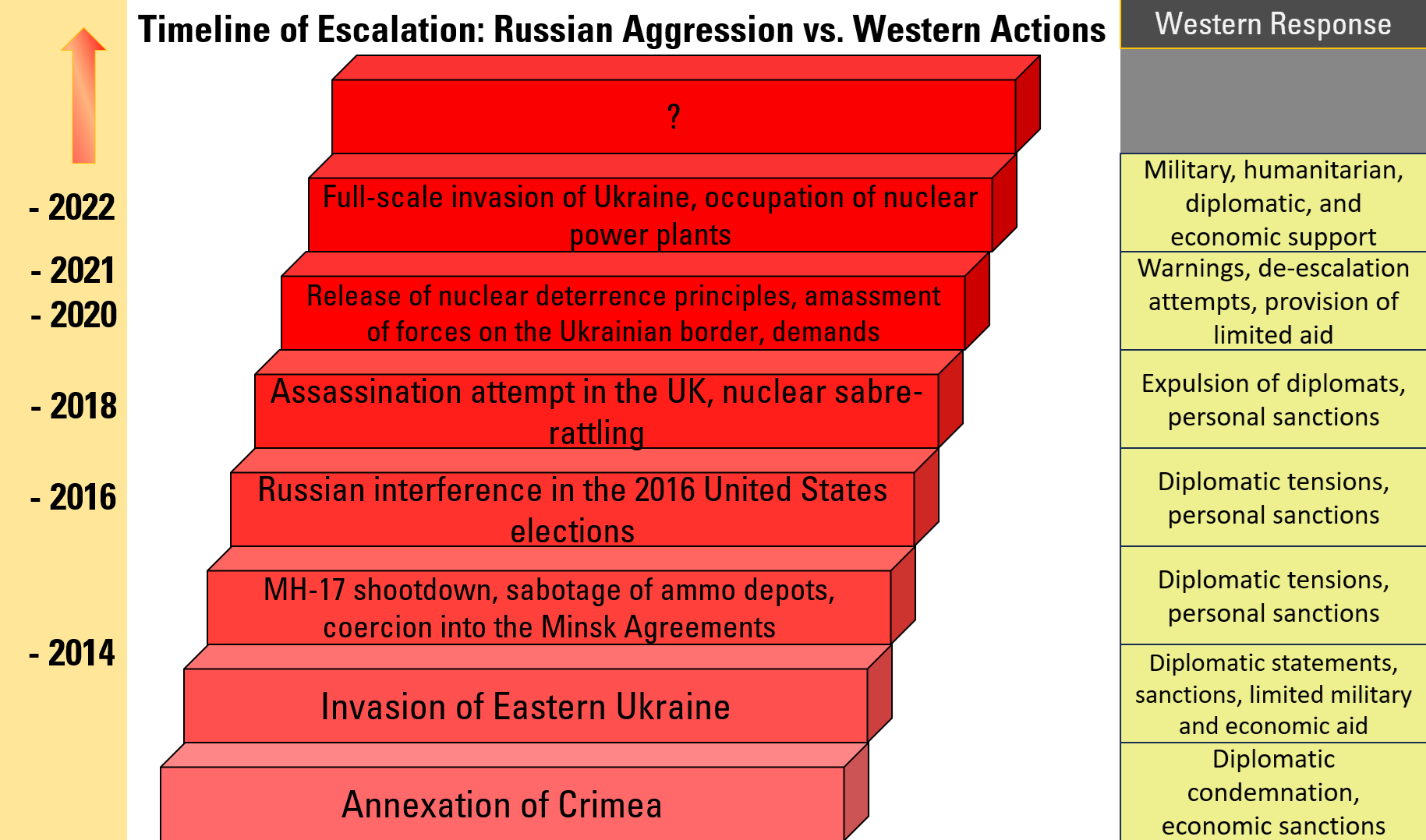
(Image by NEIVANMADE)
A couple of quick housekeeping notes. First, I’m awake! Apparently I needed the nap more than I thought I did. That’s why tonight’s update is a bit delayed and why I’m going to keep it briefer than usual so I can rack back out.
Second, Rosie is still doing very well post chemo treatment. She has not had the negative reaction that she had after the first couple of treatments of the first round. Thank you all for the thoughts, well wishes, prayers, and donations.
Ukrainian air defense was on the front foot last night.
Ukraine took down all five missiles overnight and 48 out of 53 Shaheds. No energy facilities were hit this time. However, Russia still tries to plunge Ukraine into a total blackout. pic.twitter.com/7ARWOC2iCg
— Maria Avdeeva (@maria_avdv) June 7, 2024
President Zelenskyy and President Biden met today.
In Paris, President of Ukraine Volodymyr Zelenskyy met with U.S. President Joseph Biden.
The Ukrainian leader noted the symbolism of this meeting in France on the sidelines of the 80th anniversary of the Allied Landings in Normandy.
“We count on your continued support and standing shoulder to shoulder with us. It is so necessary for our people to feel that we are not alone, that we are with you – our strategic partner,” Volodymyr Zelenskyy said.
During the meeting, the parties discussed our country’s defense capabilities. The President of Ukraine emphasized the importance of strengthening the defense of the Kharkiv region and accelerating deliveries within the framework of new military assistance packages from the United States.
The Head of State spoke in detail about the situation on the battlefield. He noted that in order to effectively defend itself against daily Russian terror, Ukraine needs the ability to strike military targets in Russia.
The President expressed gratitude to Joseph Biden for the leadership of the United States of America in supporting the Ukrainian Peace Formula and noted the importance of the participation of the USA in the Global Peace Summit at the level of Vice President.
“I hope that this will be the first step on the way to peace. We need peace in Ukraine,” Volodymyr Zelenskyy said.
The leaders discussed preparations for the signing of a bilateral security agreement.
The U.S. President assured of further support for Ukraine and pointed out that six funding packages, including the new one, have already been announced since the U.S. Congress passed the resolution.
“Today I’m also signing an additional package for $225 million to help you reconstruct the electric grid. And I continue to say that the United States is standing with you. You are the bulwark against aggression. We have an obligation to be there. And so, I’m looking forward to having a detailed discussion with you about where to go from here,” the U.S. President said.
I sat down with President Zelenskyy to announce a new package of security assistance, which includes air defense interceptors, artillery ammunition, and more critical capabilities.
Our support for Ukraine is unwavering and I look forward to continuing our discussion at the G7. pic.twitter.com/di4UtXStcd
— President Biden (@POTUS) June 7, 2024
In Paris, I met with @POTUS Joe Biden. We discussed Ukraine’s defense capabilities, the battlefield situation, and our preparations to sign a bilateral security agreement.
To ensure effective protection against daily Russian terror, Ukraine must be able to strike military… pic.twitter.com/BiKpE9QzXU
— Volodymyr Zelenskyy / Володимир Зеленський (@ZelenskyyUa) June 7, 2024
In Paris, I met with @POTUS Joe Biden. We discussed Ukraine’s defense capabilities, the battlefield situation, and our preparations to sign a bilateral security agreement.
To ensure effective protection against daily Russian terror, Ukraine must be able to strike military targets on Russian territory. It is also critical to strengthen the Kharkiv region’s defense and accelerate the delivery of American weapons.
I thank the United States for standing with Ukraine. It is very important for our people to feel that we are not alone, that we are with you, our strategic partner. We also appreciate the United States’ leadership in advancing the Peace Formula.
Because he’s a decent person, President Biden apologized for the delay in US support for Ukraine despite it being largely the result of the GOP majority in the House and minority in the Senate.
True leadership means acknowledging missteps and moving forward together. pic.twitter.com/WHyhDN4sl3
— Maria Avdeeva (@maria_avdv) June 7, 2024
President Zelenskyy also addressed both the French National Assembly and held a joint press conference with President Macron. Those videos are below.
War for Ukraine Day 835: A Brief Friday Night UpdatePost + Comments (12)




 Timeline of escalation: Russian aggression vs Western actions. Image by the author
Timeline of escalation: Russian aggression vs Western actions. Image by the author